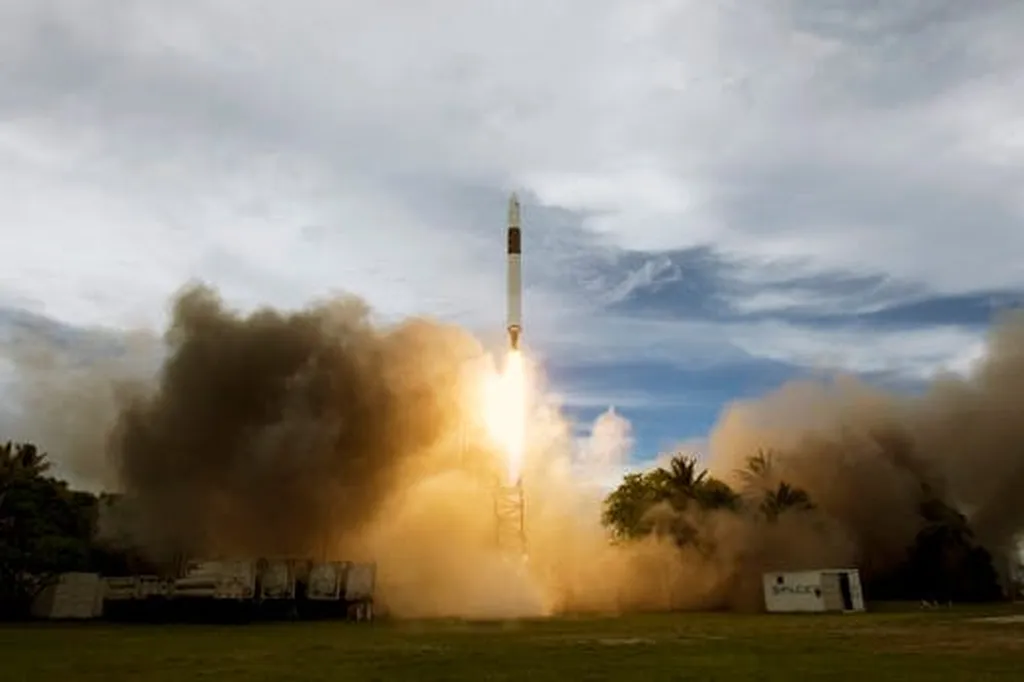In the high-stakes world of rocket propulsion, where every vibration and oscillation can mean the difference between a successful launch and a catastrophic failure, researchers are constantly seeking ways to mitigate risks. A recent study published in *Zhileng xuebao* (translated to *Acta Armamentarii* or *Journal of Armament*) sheds light on a critical issue: the oscillation characteristics and flow pattern transitions of cryogenic liquid oxygen (LOX) jet condensation. This research, led by Zhu Chengfeng, offers valuable insights that could revolutionize the design and safety of cryogenic liquid fuel rockets.
During the flight of cryogenic liquid fuel launch vehicles, longitudinal unstable vibrations pose a significant threat to their normal operation. These vibrations, characterized by low-frequency oscillations, often occur during the jet condensation of LOX in propellant pipelines. To address this challenge, Zhu Chengfeng and his team employed a modified mass transfer model based on the height function method to dynamically capture the interfacial curvature of the condensing jet.
The study revealed three distinct types of jet condensation oscillations: stable pulsation, gas plume oscillation, and suck-back flow. The pressure amplitude of the suck-back and oscillation flows was found to be as high as 130 kPa, whereas that of the stable pulsation was relatively low, ranging from 1 to 3 kPa. The frequency of the pressure oscillation was measured to be between 9.8 and 10.6 Hz.
One of the most significant findings of the study was the establishment of a relationship between the condensation pulsation frequency and the two-phase interfacial curvature. This relationship is crucial for understanding the underlying mechanisms of flow instability in cryogenic systems.
Through dimensional analysis, the researchers identified the transition threshold of the flow pattern as *Jc**=7.3 when the dimensionless structure parameter *L**=2.2. When *Jc** exceeds 7.3, a suck-back oscillating flow pattern appears. This dimensionless criterion provides a precise prediction of the condensation flow pattern, offering a theoretical basis and technical support for the design of cryogenic liquid fuel rockets.
The implications of this research are far-reaching, particularly for the energy sector. As the demand for more efficient and reliable propulsion systems grows, understanding and mitigating flow instabilities in cryogenic systems becomes increasingly important. Zhu Chengfeng’s work not only advances our scientific knowledge but also paves the way for practical applications that could enhance the safety and performance of rocket launches.
“Our findings provide a crucial foundation for the development of more stable and efficient cryogenic propulsion systems,” said Zhu Chengfeng. “By understanding the oscillation characteristics and flow pattern transitions, we can design better rockets that are less prone to instability and more reliable in operation.”
As the energy sector continues to evolve, research like this will be instrumental in driving innovation and ensuring the safe and efficient use of cryogenic technologies. The study published in *Zhileng xuebao* represents a significant step forward in this field, offering valuable insights that could shape the future of rocket propulsion and beyond.

